Football Championship and Its First World Expo
The remarkable 2016 European Cup Final ending in France recently was undoubtedly one of the most popular topics in this summer. France and Portugal entered the final, and fought against each otherfor the champion. Eventually, Portugal defeated France (1-0), becoming the tenth team winning this award in the history of Euro Cup, and gave a shock to many people. It is where the infinite charm of sports lies indeed, that is, records are made to be broken.

Portugal was absolutely in the limelight at this Euro Cup. In addition to Cristiano Ronaldo, a charming man, this country also contributed a wonderful performanceto the history of European football. And here we would like to mention that Portugal also participated as a host country in the World Expo, the influential international event.
The last World Expo in the 20th century
Portugal is a country with coasts on its three sides, with Spain, a former more powerful country, on the east. So Portugal can only survive and develop relying on the sea. The splendid Age of Sailaddedmore glories to the history of Portugal.

▲ Map of Portugal
With the loss of the sea power, Portugal declined steadily. What was worse, the massive earthquake in 1755 brought Lisbon into the gate of hell. Two-thirds of the Lisbon city was destroyed by the severe earthquake, roar of waves and skyward of fire, resulting in serious casualties.

▲ Football in Portugal Flag Pattern
Since then, Portugal hit the bottom and became quiet without outstandingperformancein a remote corner of Europe like the setting sun. In 1987, in order to spur the redevelopment of the city, the authority of Lisbon invited public biding for re-planning and development of the north bank of Tagus River, and meanwhile put forward a proposal to host the World Expo.

▲ Statue of Jesus watches Lisbon across the Tejowith compassion everyday
Why held World Expo in Lisbon?
In the history of the World Expo, Portugal only held theWorld Expo once in Lisbon in 1998. To commemorate the 500th anniversary of Vasco da Gama's first voyage to India, a recognizedWorld Expo with the theme of "Oceans - the Future Wealth," was held in Lisbon, Portugal, which became the center for discussing the world's ocean-related issues. Lisbon grew vigorously by virtue of navigation. The original intention of hosting the World Expo was also to revive the city's economy, and change the face of the Harbor withmany oil refineries, slaughter houses and wasteyards. But in this era, this World Expo played a positive role in driving the whole world to pay attention to and protect the ocean, and to work out an international agreement on protecting the ocean.
Logo of Lisbon World Expo

▲ Logo of Lisbon World Expo
The logoof Lisbon World Expo is a design combining patterns with the text. The upper circular pattern uses blue background to indicate the theme - the sea, which surrounds the first letter of E symbolizing the World Expo, and is designed in a form of fluttering flag, reaching out to northeast, thus making the still image vivid; and an orange sun rising slowly from the northwest adds some brightness to the whole picture. The morning sun rising from the sea level bears the hope of the future. The design of this logo also echoes the memorial significance of the International Ocean Year in 1998.
The construction principles: constructing permanent buildings, boosting the development of tourism, and improving the environment
During the initial design of the World Expo Park, the far-sighted Portuguese government put forward three principles of constructing permanent buildings, boosting the development of tourism, and improving the environment. The site was selected at an abandoned oil tank storage zone and industrial garbage incineration plant on the bank of Tejo in North Lisbon. 330 hectares of land was cleared up for the Expo Park in this piece of wasteland and industrial waste ground.
Snapshots of Lisbon Expo Park
The landmark buildings of this World Expo are the Vasco da Gama Monument, the Ocean Pavilion, the Oceanography Pavilion, the Utopia Pavilion and the Future Pavilion. The Ocean Pavilion resembles a colossal ship, in which a 6000-cubic-meter pool is a small world of marine lives.The Oceanography Pavilion not only reproduces the history of early maritime history and introduces shipbuilding procedures, but also shows humans' exploration and the endless exploitation of sea through fishing and drilling.The oval Utopia Pavilion, looking like a spaceship, mainly demonstrates its capability of withstanding earthquake, typhoon and the influence of oceanic climate, and also shows various ecological economy programs for the sea, so as to guide people to coexist with ocean in harmony.And the Future Pavilion plays movies about ocean to visitors.

▲ Utopia Pavilion at Lisbon World Expo in 1998
A total of 155 countries presented in the Lisbon World Expo. In addition to the host country, each participating countries were arranged into the Common Pavilion, which was also designed to an undulating shape in order to echo the Expo theme. Here most contents were shown via audioand visual creations and computer technologies, covering underwater laboratories, underwater mining, maritime navigation, distinguishing dolphins calls, etc., which aroused the attention and love of the visitors to the ocean
Portugal Pavilion
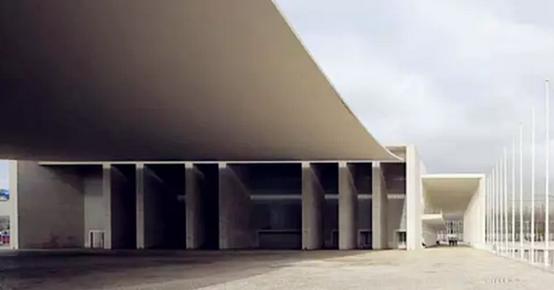
▲ Part of Portugal Pavilion in the Lisbon World Expo in 1998
When it comes to Portugal, we have to mention a world well-known master architect, Alvaro Siza, a winner of Pritzker Prize winner in 1992, who is widely regarded as the "Architect of Architects". His works pay more attention to building an in-depth relationship between modern design and historical context, and receive wide attention and recognition for its personalized quality and keen grasp of cultural changes in modern society. The Portugal Pavilion is one of his excellent works.

▲ Portugal Pavilion in the Lisbon World Expo in 1998
The Portugal Pavilion is composed of two buildings in different styles, with a 2-meter wide corridor in-between, but the stone and the dazzling white plaster wall around still give a sense of unity. Two 15-meter high pillars support the 20cm thick concrete ceiling. The lightweight roof, with no lamp or drainage system, strides over the 65-meter long and 50-meter wide square like a giant ship. By boldly integratingthe modern style with traditional classical Mediterranean style, Siza created an originally designed exhibition building for the host country without any imitation or copy.
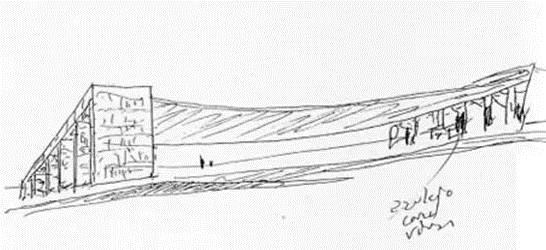
▲ Architectural sketch of the Portugal Pavilion
The theme of the exhibition is about the Portugal's sailing in the past, at present and in the future, and introduces the secret of the adventure into the world through multimedia.
Orient Station
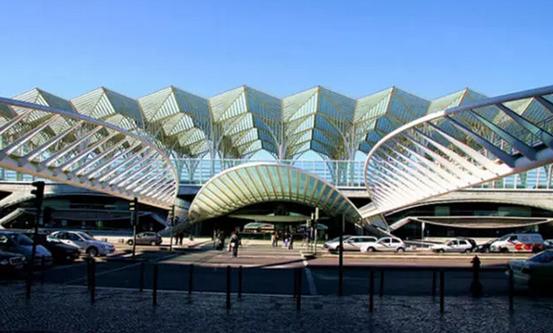
▲ Landmark building of Lisbon World Expo - Orient Station
The World Expo was held successfully with a profound influence on the future of Portugal. After the World Expo, the Expo Park became a beautiful Park Of Nations. It only takesabout 10 minutes from the center of Lisbon there by subway. Walking out of the subway station, you will see a magnificent modern architecture - the Orient Station, which was designed and constructed by Santiago Calatrava, a great Spanish architect. The platform looks like an oasis, a forest, and also a Mediterranean open-air market, which gives tourists a brand new feeling. Calatrava studied the environment around the abandoned port carefully, and designed it as part of the urban planning, hoping to establish a multi-functional transportation hub in the abandoned place in North Lisbon. The transportation hub not only connects various high-speed trains traveling between cities, but also integrates the ordinary passenger buses, public buses, underground parking lots and urban light rail lines.
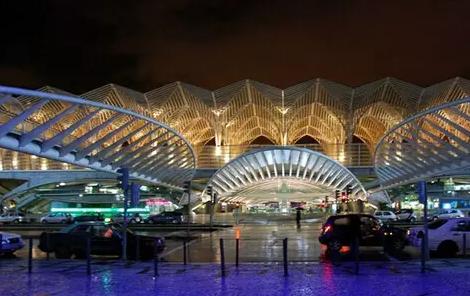
▲ The night view of the Orient Station
The 238 meters long Orient Station uses pyramid-shaped glasses supported by 60 trunk-shaped masts, producing the effect of a transparent crystal, and beautifying the environment to the maximum extent. Under the 14-meter high elevated railway, several storeys of pavements and traffic lines were built. In the street, three widepassageways were opened up, one of which is for pedestrians exclusively. The wide station stairs carry passengers from the platform to each exhibition zone and connect shop clusters. Under the glass cover, a walkway leads to the bus station, under which a parking lot is big enough for 2,000 cars. The underground railway is constructed 25 meters under the ground, and escalators in the underground platform take passengers to the bus station or train station outside. With a broad and practical design, the railway station becomes a really efficient transportation hub. The Orient Station is an immortal masterpiece of modern architecture.
Contribution of the Lisbon World Expo
The planning and construction of Expo Park + future development of the city
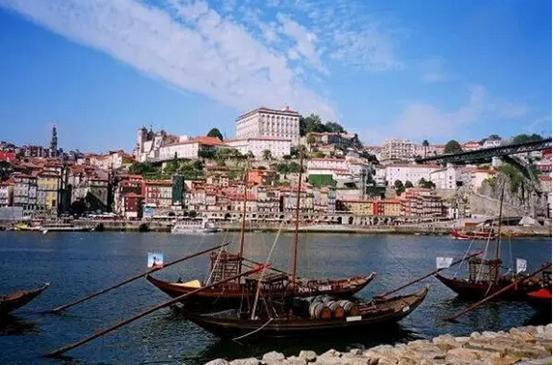
▲ Scenery of Portugal
The planning of the Expo Park began in 1993, and was officially open to tourists at home and abroad in 1998. And the follow-up use and construction of the entire park and surrounding area continued to 2008. The Lisbon Expo generated 3.715 billion euros of direct tax revenue to the Portuguese government, while the original public investment was only 761 million euros. The success of Lisbon Expo not only brings revenue to the local tourism, but also new changes and vitality to all aspects of the city, and even promotes foreign capital investment and economic development of Portugal.
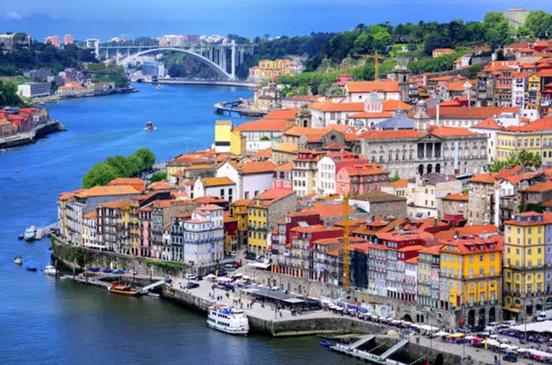
▲ Scenery of Portugal
Sincethe functions of some permanent buildings in the park were planned and designed in detail at the beginning of its construction, the venue was open to the public again only 15 days after the Lisbon Expo closed. The pavilions and facilities preserved were given new functions.
The Portugal Pavilion was rebuilt to the conference hall for government ministers, the Ocean Pavilion became Lisbon Aquarium, the Oceanography Pavilion was rebuilt into a scientific research center, the Utopia Pavilion was designed into be a multi-functional hall, and the building at the entrance of the Park became an important shopping center in Lisbon.
Leveraging on the opportunity of holding the World Expo, Lisbon changed the garbage dump and slum on the bank of Tagus River into an important place as well as a tourist attraction integrating work, life and entertainment. Every year, it attracts thousands of tourists both at home and abroad, which offers more jobs to local people. Meanwhile, this World Expo's main contribution also includes leading the international community to establish the ocean organizations and promoting the development of the global marine conservation. Furthermore, it also improves the international image of the Portugal.
All efforts Lisbon government taken for the Lisbon Expo are not only for the success of an exhibition and its economic development, but also for improving people's living space and quality, which is even more important. Just as Vieira, the president of the Lisbon Expo, said: "For the World Expo, the key to success is relying on something behind it, such as the future development of the city, the improvement of the people's life quality, the environment protection, etc. All of these would never stop."
